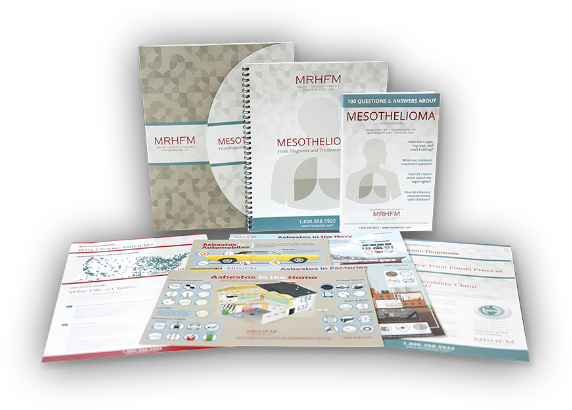One of the world’s largest automakers will be heading to trial in a lawsuit that claims it caused the Plaintiff’s asbestos-related injuries. The automaker denied any wrongdoing in response, but a judge has rejected the argument. Per the U.S. District Court for the District of Delaware:
“The court should deny-in-part” (automakers) “motion for summary judgment with respect to”(automakers) “liability for Plaintiffs injuries allegedly caused by asbestos-containing brakes.” Further, “Plaintiff has presented sufficient evidence that” (automaker) “supplied original asbestos-containing brakes; and that Plaintiff was exposed to this asbestos when he performed personal automotive work on his first wife's new 1970” auto manufactured by the automaker.
The action also states that the defendant’s motion for summary should be denied-in-part because the Plaintiff provided sufficient evidence that the automaker knew that its brakes contained asbestos and it had a duty to warn about the dangers of asbestos in its automobiles. Based on the decision, the negligence and failure to warn asbestos lawsuits are able to proceed.
Asbestos and the Automotive Industry
Though asbestos is regulated in the U.S., it is still legal to manufacture, import, process and distribute in commerce dozens of products. Many of these products are directly related to the automotive industry. Examples asbestos-containing auto parts include clutch facings, disk brake pads, drum brake linings, brake blocks, automatic transmission components, gaskets, and friction materials. Because asbestos can still be found in auto parts and components, the Environmental Protection Agency (EPA) publishes warnings and safety guidelines for both professional and home mechanics.
“Professional automotive technicians and home mechanics who repair and replace brakes and clutches may be exposed to asbestos dust. As a best practice, the Occupational Safety and Health Administration (OSHA) states that mechanics should assume that all brakes have asbestos-type shoes. Worn non-asbestos-type brakes cannot be readily distinguished from asbestos-type shoes. If a mechanic assumes incorrectly that a shoe is a non-asbestos type and fails to utilize brake dust control procedures, increased asbestos exposure may result.”
For detailed warnings and safety guidelines, visit the official EPA website.
If you have been exposed to asbestos, schedule an appointment to see your doctor right away. Although there is no cure for mesothelioma, early detection could lead to better treatment options and outcomes.
Sources
"Current Best Practices for Preventing Asbestos Exposure Among Brake and Clutch Repair Workers." EPA. Environmental Protection Agency, 21 Dec. 2016. Web. 06 Feb. 2018.
District of Delaware. United States District Court, 12 Dec. 2017. Web. 06 Feb. 2018.






